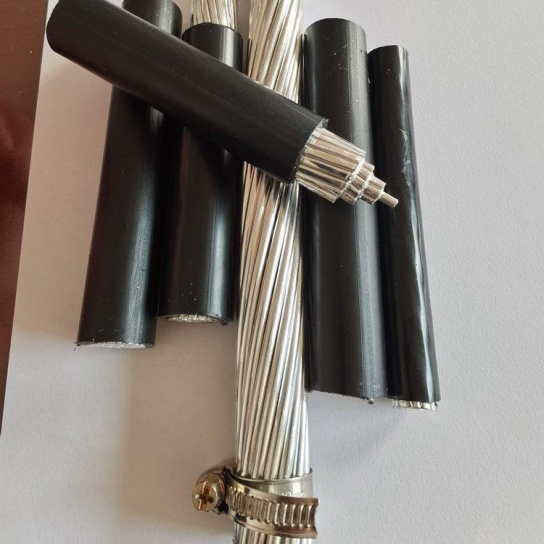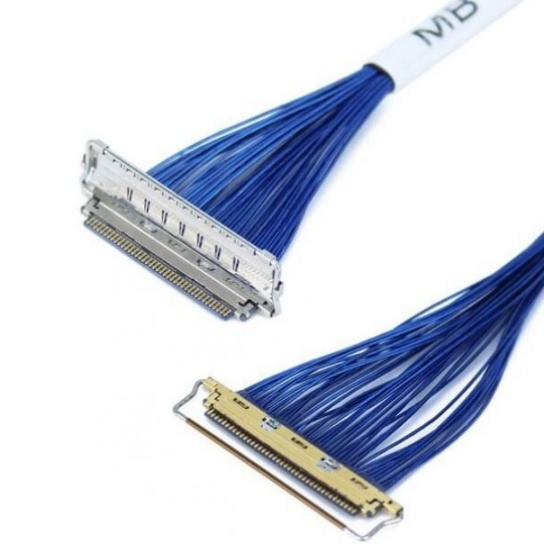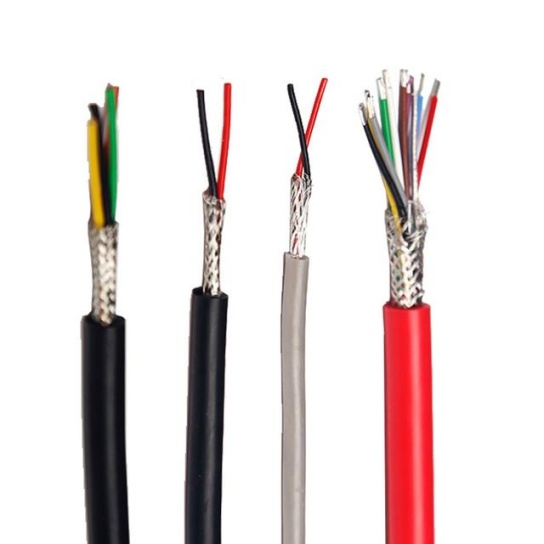How to Calculate the Load Capacity of Aviation Cable: Essential Guide for Safety & Performance
Understanding the load capacity of aviation cable is non-negotiable for aircraft safety, maintenance efficiency, and regulatory compliance. Whether you’re an aircraft engineer, maintenance technician, UAV designer, or involved in ground support equipment, accurately calculating how much weight a specific cable can safely bear is a critical skill. This guide demystifies the process and provides actionable steps.
Why Aviation Cable Load Capacity Matters
Aviation cables are vital lifelines in aircraft systems:
- Flight Controls: Elevator, aileron, and rudder systems.
- Landing Gear: Retraction and extension mechanisms.
- Engine Controls: Throttle, mixture, prop control.
- Secondary Systems: Trim systems, cargo doors, seat adjustments.
- Ground Support: Tie-downs, tow bars.
An inaccurate load calculation risks:
- Catastrophic Cable Failure: Leading to loss of aircraft control.
- Component Damage: Due to unexpected stress or shock loads.
- Regulatory Non-Compliance: Violating FAA, EASA, or Mil-Spec standards.
- Costly Downtime & Repairs: Due to preventable failures.
- Reduced System Life: Accelerated wear and fatigue.
Key Factors Influencing Aviation Cable Load Capacity
Calculating safe working load isn’t just about the cable itself; numerous factors contribute:
- Cable Construction & Material: (
7x7, 7x19, 1x19, etc.) Stainless steel (AISI 302, 304, 316) and carbon steel are common. Each offers different strength-to-weight ratios and corrosion resistance.
- Diameter: Critical! Load capacity increases dramatically with diameter (roughly proportional to diameter squared).
- Manufacturer Specifications: Always consult the manufacturer’s published data for the exact cable type and grade. Reputable brands provide detailed load tables under “Breaking Strength” or “Minimum Breaking Force”.
- Intended Application: Static load (tension only) vs. dynamic load (pulleys, repeated bending/movement) vs. impact/shock load each impose vastly different stresses.
- Safety Factor: A critical multiplier applied to ensure the cable operates well below its ultimate breaking point.
How to Calculate Aviation Cable Load Capacity (Step-by-Step)
Follow this core methodology, always referencing specific manufacturer data:
- Identify the Cable: Determine the cable’s exact construction (e.g.,
7x7 Stainless Steel AISI 304), nominal diameter, and grade. This is essential.
- Find the Minimum Breaking Strength (MBS): Locate this value (in pounds or newtons) for your specific cable from the manufacturer’s datasheet or engineering tables. Do not rely on generic estimates. This is the force required to break the cable in a straight pull test under laboratory conditions.
Example: A popular 1/8" (3.18mm) 7x7 Stainless Steel Cable might have a MBS of 1,870 lbs (this is illustrative; verify actual specs).
- Determine the Required Safety Factor (SF):
- Aviation standards mandate strict minimums. Common SFs are:
- Primary Flight Controls (
FAA Advisory Circular 43.13-1B): Typically SF = 1.5 to 2.0 depending on criticality. Some highly critical systems may demand higher.
- Secondary Systems / Utility Applications (
Mil-Specs, Industry Standards): Often SF = 2.0 to 5.0 or higher. Lower criticality systems may use higher SFs to account for wear and variations.
- NEVER use a SF lower than the applicable regulation (FAA, EASA, Mil-Spec, aircraft maintenance manual) mandates.
- Choose the SF appropriate for your specific application’s criticality and regulatory environment. When in doubt, use a higher factor.
- Calculate the Safe Working Load (SWL) / Design Working Load (DWL): Apply the formula:
SWL = Minimum Breaking Strength (MBS) / Safety Factor (SF)
Using the example cable:
- MBS = 1,870 lbs
- Application = Secondary System (SF = 4.0 chosen per manual/recommendation)
SWL = 1,870 lbs / 4.0 = 467.5 lbs
Crucial Safety Factors Analysis in Aviation Context
While the calculation seems simple, selecting the appropriate Safety Factor is paramount and reflects the complex operating environment:
- Regulatory Minimums: These are the absolute starting point. NEVER drop below them.
- Criticality: Cable failure leading to potential loss of aircraft requires a much higher SF than one where failure is merely inconvenient.
- Potential Consequences: Assess the worst-case outcome of a cable failure.
- Dynamic Loads: Cables running over pulleys, experiencing vibration, or subjected to frequent bending/stress reversals demand significantly higher SFs than pure static tension loads. Fatigue life becomes a major concern.
- Shock/Impact Loads: Loads applied suddenly require higher SFs to handle peak stresses.
- Environmental Factors: Severe corrosion environments, high temperatures, or exposure to chemicals can necessitate higher SFs or different materials.
- Experience & History: Industry best practices and prior service history inform appropriate SFs.
- **”Design Factor” vs. “Safety Factor”:** Sometimes “Design Factor” refers to the multiplier used by the designer during initial certification (e.g., 1.5), and “Safety Factor” refers to the operator/maintainer requirement which adds further margin (e.g., a SF of 2.0 applied after the DF). Always clarify the definitions in your specific context.
Testing and Standards Compliance
Aviation cables must conform to stringent testing standards:
- Breaking Strength Tests: Performed per
AS4787 (Aerospace Standard) or MIL-DTL-83420 (Military Spec).
- Fatigue Life Tests: Especially critical for dynamic applications (
MIL-C-83420/7 covers performance wire rope for aircraft control systems).
- Corrosion Resistance Testing: Salt spray, humidity exposure (
ASTM B117).
- Metallurgical Analysis: Ensuring material properties.
- Traceability: Reputable suppliers provide mill certifications documenting test results for each batch.
Best Practices for Safe Use
- Never Exceed SWL: Treat the calculated SWL as an absolute maximum. Plan for worst-case loads.
- Regular Inspections: Mandatory per aircraft maintenance schedules. Look for broken wires (often restricted per inch length), kinks, corrosion, wear at fittings or pulleys. Replace proactively.
- Proper Termination: Swaging, swageless fittings (e.g.,
NicoPress), splicing. The termination must match or exceed the cable’s SWL. Improper termination is a major failure point.
- Bending Radius: Ensure adequate pulley/sheave diameters to minimize bending stress and fatigue. Consult standards/manuals (
FAA AC 43.13-1B Ch 7 offers guidance).
- Lubrication: Critical for internal friction reduction in dynamic applications, preventing corrosion, and extending fatigue life. Use aviation-approved lubricants.
- Avoid Abrasion/Contact: Protect cable runs from chafing against structure or other cables.
Frequently Asked Questions (FAQ)
- Q: Where do I find the Breaking Strength for my cable?
- A: Always refer to the manufacturer’s datasheet or specification document for the exact part number. General tables exist (e.g., some Mil-Spec appendices), but specific MBS varies by manufacturer and production run.
- Q: Can I use a safety factor lower than the required regulation?
- A: Absolutely not. The regulatory minimum safety factor is not a suggestion; it’s a mandatory requirement for airworthiness. Using a lower factor compromises safety and is illegal.
- Q: How often should aviation cable be replaced?
- A: There is no single answer. Replacement is based on inspection findings (number of broken wires, corrosion, damage), hours/cycles in service, and the specific maintenance schedule dictated by the aircraft manufacturer or component manual. Time-Based Replacement (TBR) intervals are also common. Never exceed TBR limits.
- Q: Is it safe to use cables with minor surface rust?
- A: Surface rust requires immediate inspection and potentially cleaning/light abrasion per approved procedures to assess underlying condition. Pitting corrosion is cause for rejection. Significant rust degrades strength. Consult maintenance manuals.
- Q: Can I splice an aviation cable myself?
- A: Splicing aviation cable for critical applications requires specialized training, certified procedures, and proof testing. Generally, it’s far safer to replace damaged cable sections or entire runs. Use approved termination methods.
Conclusion
Calculating the load capacity of aviation cable is a fundamental safety procedure requiring diligence. Remember the core formula: SWL = Manufacturer’s Minimum Breaking Strength (MBS) / Regulatory/Application-Appropriate Safety Factor (SF). Never guess or cut corners. Always prioritize:
- Verified Manufacturer Data: For the specific cable.
- Stringent Safety Factors: As mandated by regulations and informed by application criticality.
- Meticulous Inspection: Following approved schedules and procedures.
- Proper Installation & Maintenance: Using approved hardware and techniques.
By rigorously applying these principles, you ensure the reliability and safety of aircraft systems that depend on these critical components.






